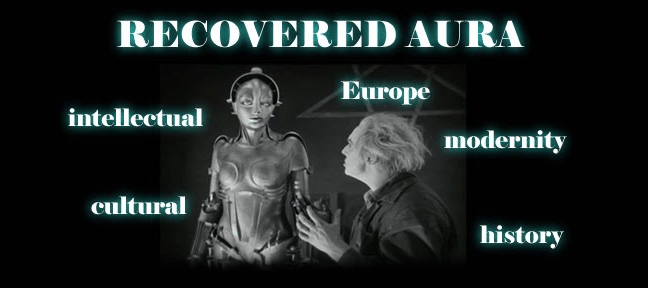 Immanuel Kant (1724-1804)
Immanuel Kant (1724-1804)Solvitur Ambulando (lat.) "it is solved by walking"
It was nice to have Kant's walking metaphor for learning pointed out in last night's class. The metaphors an author uses can probably tell us a lot about them and the world in which they move.
I really enjoyed the communal reading of Kant's "What is Enlightenment". It was the second time I'd sat down with this particular text. During the last hour of class I realized that having the input of so many other people was incredibly helpful- Kant's NOT EASY! I'll be rereading it a few more times this week. Meanwhile, I wanted to post some things that might be helpful (and inspiring) as we consider the period known to English speakers as The Enlightenment, to German speakers as Die Aufklarung, and to the French as L'Eclaircissement.
Here are three links providing general background information on the Enlightenment.
- http://history-world.org/age_of_enlightenment.htm
- http://www.teacheroz.com/Enlightenment.htm This one is a goldmine!
YALE OPEN COURSE ON EUROPEAN CIV. 1648-1845 (Including the Enlightenment and the Revolution) by John Merriman.- UC BERKELEY COURSE on EUROPEAN CIV. Renaissance to 20th C. (Including the Enlightenment and the Revolution) by Thomas Lacquer
 Early 18th C. coffee house in London
Early 18th C. coffee house in LondonThe coffee house is one famous meeting place of the Enlightenment but so is the SALON. In the private homes of the rich, the powerful and highly educated, philosophers and society big-shots would meet to preen themselves, trade barbs and sharpen each others' wits. Wealthy, aristocratic women played an especially important role in hosting these salons and in lending their support to the famous thinkers and artists of the day.
For a HILARIOUS peek into what an 18th century salon may have been like watch this clip from the 1992 film Orlando by Sally Potter. It's based on the 1928 novel by Virgina Woolf. The lead character is a man born in Elizabethan England who lives for 400 years, changing into a woman along the way. Woolf uses this gender bending time-traveler to comment on the norms and forms of culture across the centuries. In this particular scene the "Lady Orlando" arrives at a very snobby, afternoon salon. She is greeted by the sparkling (and sexist) witticisms of two famed "enlightened" men of the day: Alexander Pope and Jonathan Swift.
- What elements do you think the director has accentuated in this scene to play up the ideas of the Enlightenment? Based on what you know about the period can we say that there are distinctly Enlightenment cultural concepts clearly visible in this vignette?
A more serious, but no less entertaining scene, from the 1988 film Dangerous Liaisons. The movie is based on Christopher Hampton's contemporary play, which in turn is based on the scandalous 1782 novel by Pierre Choderlos de Laclos. Listen closely to what the Marquise de Merteuil has to say to her former lover Valmont about how she "educated herself".
- The Marquise speaks of many things: society, gender roles, self-invention, philosophy, detachment, deception and the control of desire. "It wasn't pleasure I was after, it was knowledge... I distilled everything into one wonderfully simple principle: win or die." What can this tell us about the cultural structures of the period and how women (in this case upper-class women) were able to maneuver through a man's world? Has the Enlightenment given the Marquise more freedom or is she simply learning how to exercise more power within her gilded prison? Does this reflect or illustrate anything in the reading by Kant from our first class?

No comments:
Post a Comment